Fin Fan Cleaning Services
When it comes to cleaning complex equipment like fin fans, dry ice blasting is the ideal solution. But in order to understand why it works so well, you need to familiarize yourself with how these sophisticated mechanisms work.
What is a Fin Fan?
A fin fan is a type of heat exchanger. (Some people call it an air cooled heat exchanger.) It’s typically used when a process system generates excessive heat that must be removed. Fin fans work by forcing the hot air over a set of coils, which cools the air prior to elimination.
A car radiator is perhaps the most common type of fin fan, but this is just one small-scale example. In industrial settings, fin fans are massive air-cooled exchangers that are comprised of a bundle of finned-tubes with box headers on both ends. These headers are configured in such a way that air can pass through a single time or continuously. The air typically blows upwards through the bundle and induces a powerful draft.
Fin fans are typically powered by electric motors. The fan has variable frequency drives that can change the speed to account for different demands.
You’ll commonly see fin fans in industries like natural gas processing, refining, petrochemical, oil and gas transmission, geothermal, heavy oil, gas compression, HVAC, shale gas and oil production, and LNG liquefaction and vaporization.
Precautions for Cleaning Fin Fans
 Fin fans serve an extremely important role in the functioning of turbines, engines, and other systems. As such, they must be regularly cleaned to ensure they work properly. However, without the proper precautions, cleaning can be a high-risk endeavor.
Fin fans serve an extremely important role in the functioning of turbines, engines, and other systems. As such, they must be regularly cleaned to ensure they work properly. However, without the proper precautions, cleaning can be a high-risk endeavor.
The problem with most cleaning methods is that they’re messy and abrasive. Not only can they compromise the system’s parts, but they can actually cause corrosion and/or force dirt, dust, and unwanted particles further into the system.
If you want to properly clean your fin fans, you need to use the right solution. This is where dry ice blasting comes into play.
Benefits of Using Dry Ice Blasting for Cleaning Fin Fans
Dry Ice Blast Cleaning can improve the efficiency of fin fan coolers by up to 35% by cleaning out built-up dust and debris, allowing air to pass through the fins.
Dry ice blasting in contrast to other methods cleans out debris and dust with no secondary waste as is the case of water and foam applications that must be cleaned up the areas once the job is completed.
As soon as dry ice pellets come into contact with the surface of the fin fan, the impact causes them to transition back into carbon dioxide gas. This gas expands, which causes the outer coating – i.e. the dirt, dust, or grime – to loosen and break free.
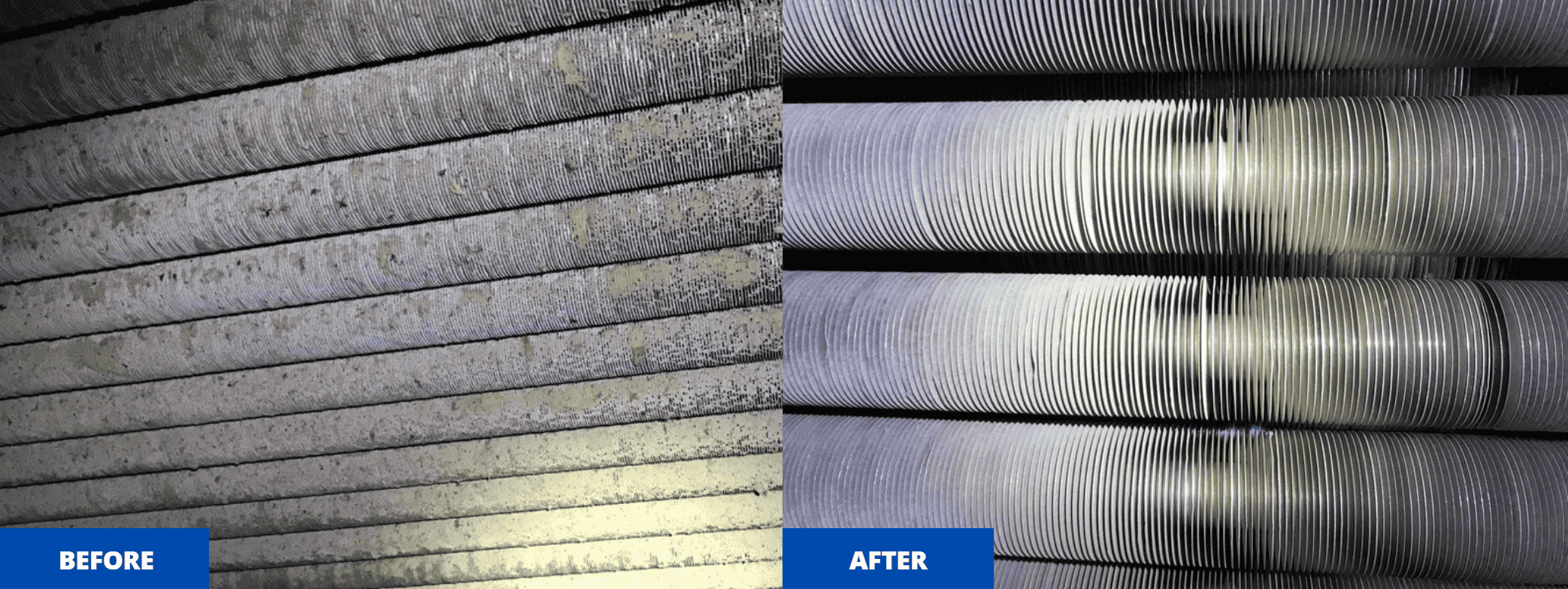
Dry ice blasting is preferred to other methods because it’s non-abrasive. No damage is caused to the system, regardless of how often it’s cleaned. Likewise, there’s no residue, moisture, or waste left over. This prevents mould, mildew, and corrosion.
Finally, dry ice blasting is safe for equipment, people, and the environment. This makes it the ideal solution to be used in busy areas and workspaces.
Case Studies
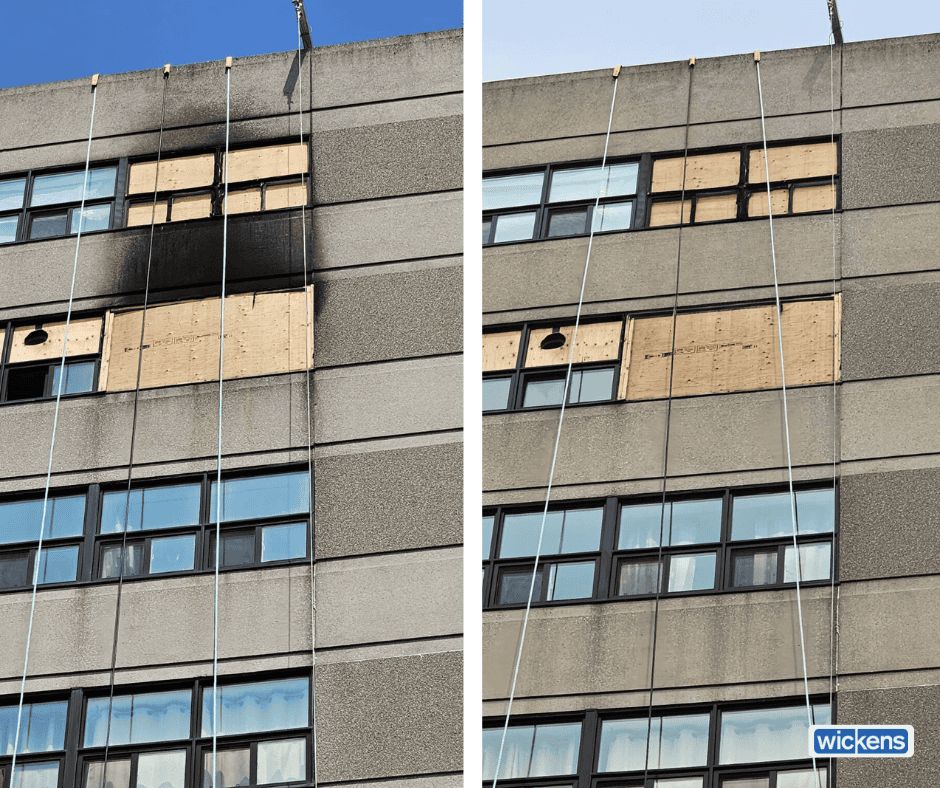
Case Study: Fire Restoration on High-Rise Building
Learn how Wickens used DOFF cleaning on soot and fire residue to clean the exterior of a nine-storey high-rise building in our latest case study.

Case Study: Fire Restoration at Hydro Substation
Wickens Dry Ice Blasting helped restore a fire-damaged hydro substation in Ontario with top-down cleaning and careful attention to sensitive components.
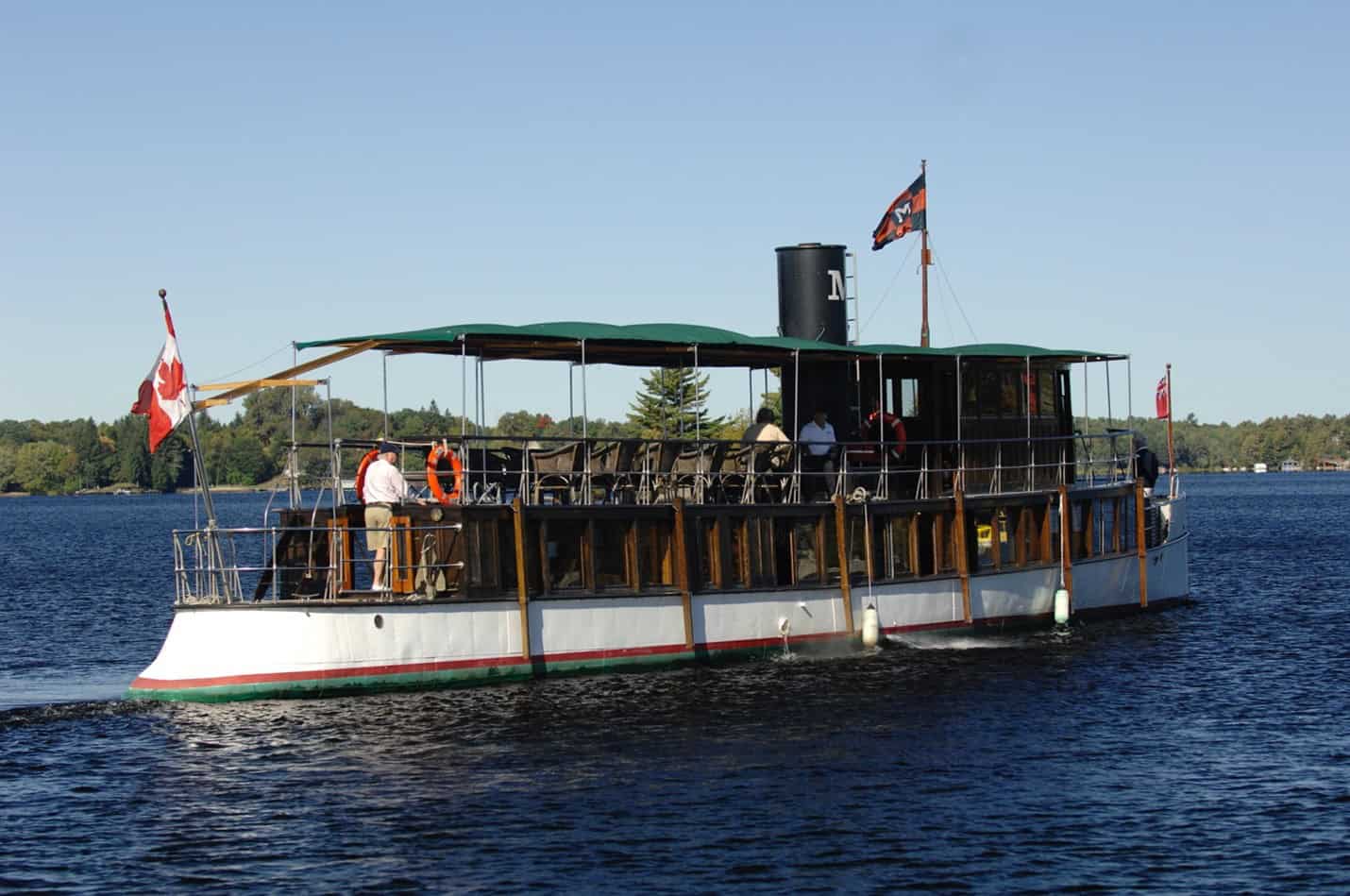
Case Study: Lead Paint Removal for Wanda III Steamship Restoration
Learn how we used media blasting to remove lead paint from the historical steamship, Wanda III, helping to prepare for its return to the waters.
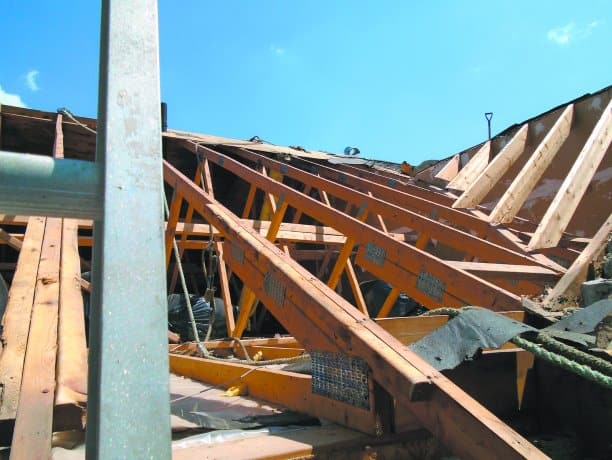
Case Study: Attic Mould Removal in Townhouse Complex
Mould can be a serious problem in any home, causing health issues and damaging the structure of the building.
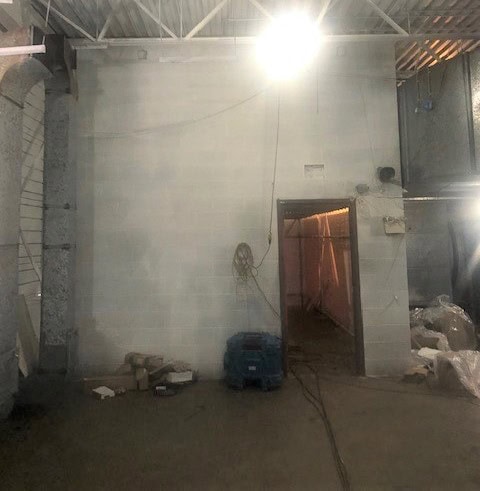
Case Study: Fire Restoration at School
Cleaning after a fire with dry ice blasting ensures that soot and odour are eliminated safely. Learn how this environmentally friendly technique restored a utility room.

Case Study: Grafton Historic Building Restoration
There are many reasons why people choose to restore an old building. Historic buildings are an important way of keeping history alive, and they can also be a great source of pride for their communities.

Case Study: DOFF Cleaning for External Wood Panelling on Estate Property
Wickens recently worked on cleaning, coating, and rejuvenating wood panelling on an elegant manor using DOFF steam cleaning methods.
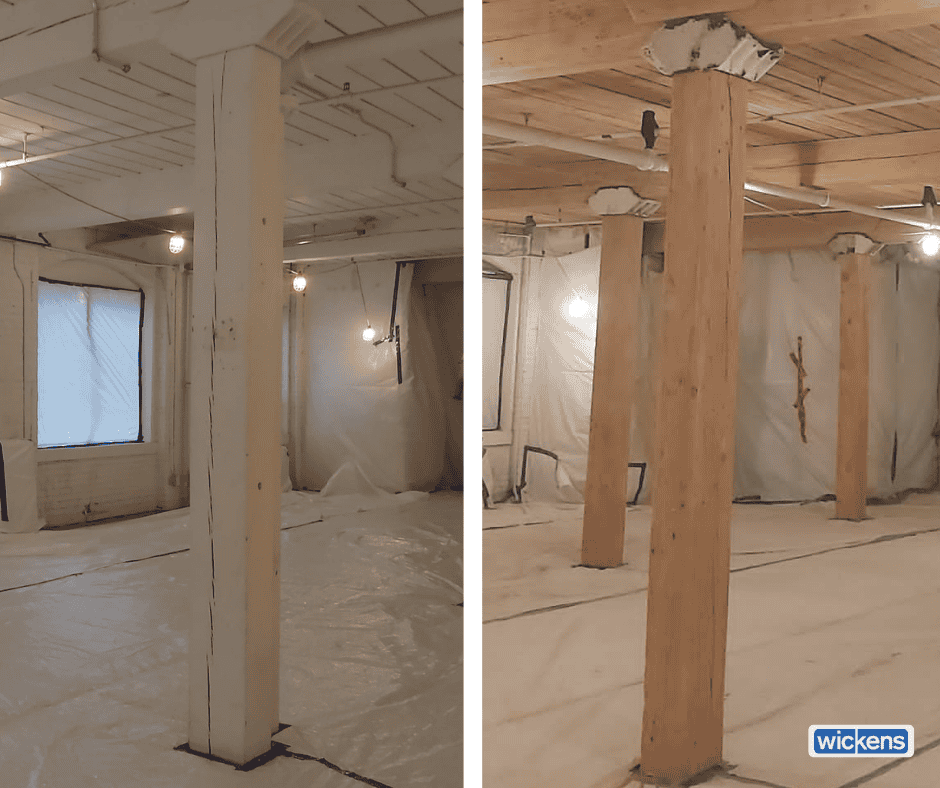
Case Study: Paint Removal for Warehouse in Downtown Toronto
Wickens Dry Ice Blasting worked on a paint removal project at an old factory/warehouse in downtown Toronto that was being re-purposed into office spaces.

Case Study: Lead Paint Removal in Ontario Brewery
Wickens Dry Ice Blasting assisted in the removal and disposal of lead paint in an Ontario brewery, keeping the establishment and its employees safe.

Case Study: Log Cabin Restoration
Wickens Dry Ice Blasting has extensive experience cleaning log cabins using special blasting techniques that are non-harmful to the surrounding environment.

Case Study: Dry Ice Blasting Used for a Fire Restoration Project
Wickens used dry ice blasting cleaning techniques for the safe handling of food production equipment in a fire restoration project in Toronto, Ontario.

Case Study: Fire Restoration of 10-Storey Office Building
Wickens Dry Ice Blasting worked on a fire restoration project on a 10-storey office building for a client in Ontario. This project required the use of vapour blasting which is an environmentally friendly dustless fire restoration method.
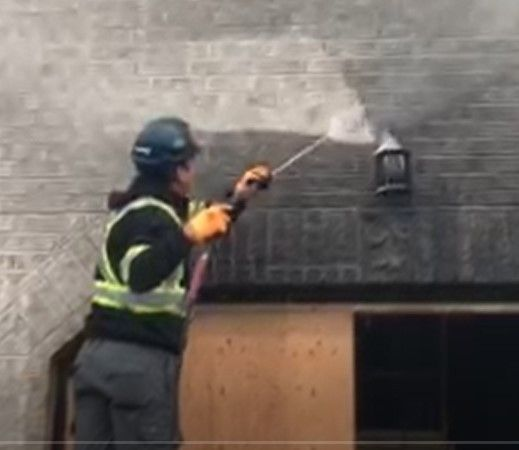
Case Study: DOFF and Dry Ice Blasting Used for Fire Restoration Project
Fires quickly spread from one part of the house to another and require non-destructive cleaning methods that are safe for the environment and effective on a wide variety of surface substrates.

Case Study: Lead Paint Removal for Major Food Processor
Many older industrial and commercial buildings have lead-based paint hazards. These hazards are a major issue, as employees in these buildings are susceptible to exposure to this toxic substance and may be at risk for progressive health problems if the lead paint is not removed safely.

Case Study: Using Dry Ice Blasting to Clean Economizer Piping
Economizers are prone to dirt and deposit buildup, which hinders them from accomplishing the very tasks they’re installed to do. That’s why an S.A.G.D. industry leader located in Alberta called the professionals at Wickens Dry Ice Blasting.

Case Study: Toronto Condominium Fire Restoration
Condo fire damage quickly spreads to nearby units as well as the building exterior, displacing residents from their homes until the building can be safely restored.

Case Study: Historical Restoration and Preservation of the Kissing Bridge
Many tourists from different parts of the world come to visit Waterloo to experience the scenic beauty of the Covered Bridge. The professionals at Wickens were called in to perform dry Ice blasting, ensuring the bridge retains its pleasing interior. Thanks to dry ice blasting, cleaning this historical structure no longer carries the threat of damage it once did.

Case Study: Fire Restoration in a Subway Restaurant
When a fire leaves a business unable to function, it’s crucial to call in the experts to restore the damaged areas and get back to serving customers as quickly as possible. That’s why a restoration company called the professionals at Wickens after a Subway restaurant in Burlington experienced serious fire damage.

Case Study: Via Rail Fire Restoration & Prevention
Via Rail connects Canada from coast to coast—so it’s crucial to keep trains running safely and efficiently. After an incident involving an exhaust vent that caught fire, Via Rail called in the professionals at Wickens Dry Ice Blasting to restore the area and provide preventive cleaning to avoid similar issues in the future.

Case Study: Mould Remediation at a St. Catharines Ice Arena
Managers of an ice arena in St. Catharine’s, Ontario discovered significant mould growth on the ceiling of the building. Wickens Dry Ice Blasting was able to clean the mould residue and mould spores from the ceiling and support structures within two weeks.

Case Study: Using Dry Ice Blasting to Clean the Canadian Plaza Canopy in Niagara
On the Canadian side of the Peace Bridge, visitors are greeted by the Canadian Plaza, which consists of a main administration building for processing arrivals. Wickens used dry ice blasting to clean the wooden structure without disrupting the high volumes of visitor traffic.

Case Study: Mould Removal from Hamilton Townhouses
The Municipality of Hamilton, Ontario faced a nightmare situation when mould was found in the attics of 90 residential townhouses. Wickens completed the three-month mould remediation project on time, under budget, and with very little disruption to the tenants.
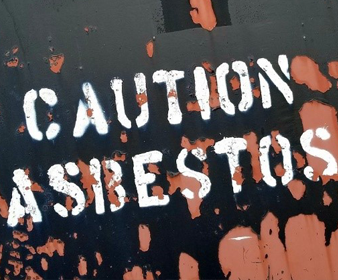
Case Study: Removing Asbestos from an Office Building
A three-story office building in South Western Ontario had areas of exposed brick on all levels that had been painted with asbestos-containing paint. With extensive experience, specialized processes, and trained technicians, Wickens Dry Ice Blasting was able to safely and quickly remove the asbestos.

Case Study: Saving a Building Project from Mould
For builders in Northern Ontario, winter came all too quickly while constructing a luxury condo building. With snow and wet conditions, mould developed on the building materials and spread throughout the building. Wickens quickly mobilized a team of trained technicians to begin the mould remediation process.

Case Study: Removing Lead Paint from a Historic Lighthouse in Niagara
Marking the entrance to the Niagara River is a lighthouse that once guided boats and ships arriving via Lake Ontario. Recently, Fisheries and Oceans Canada decided it was necessary to refurbish the lighthouse and remove the lead paint that had been applied years ago before federal regulations came into effect.




